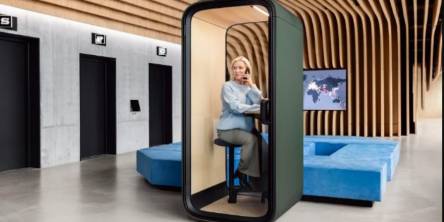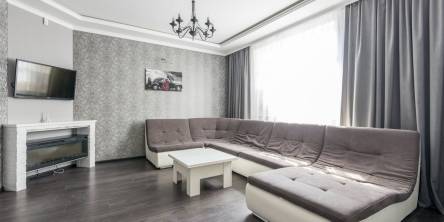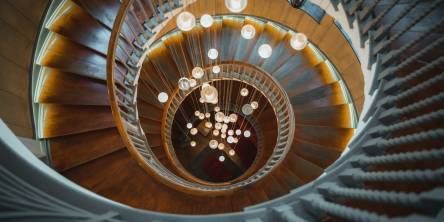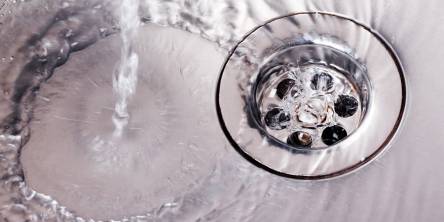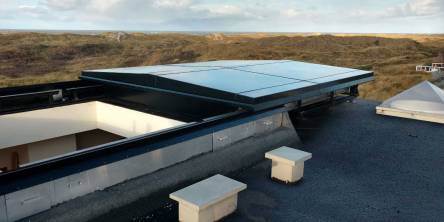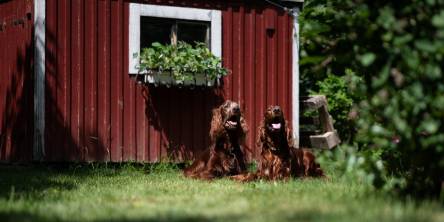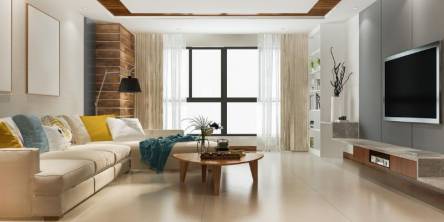5 Eco-Friendly Decorative Veneers for Environmentally Conscious Design
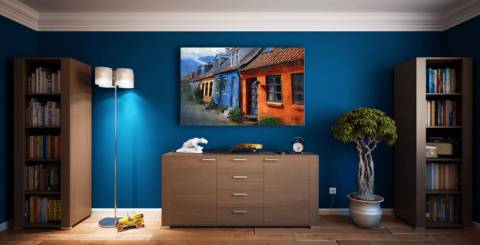
The significance of environmentally friendly materials and sustainable design practices cannot be emphasized enough in the modern era. When discussing home decoration, decorative veneers provide a flexible and visually appealing alternative. With the progress made in technology and manufacturing methods, environmentally friendly decorative veneers have become widely preferred by individuals who have a concern for the environment in their designs. This article delves into the advantages and uses of decorative veneers, emphasizing their environmentally friendly characteristics and how they contribute to sustainable home decoration.
What are Decorative Veneers?
Decorative veneers refer to thin slices of genuine wood that are utilized to enrich the aesthetic appeal of a wide range of surfaces, such as furniture, cabinetry, and wall paneling. They are made by cutting or removing layers from logs and then adhering them to surfaces like plywood or MDF. One can explore a diverse selection of wood species, grains, and finishes when choosing decorative veneers, thus enabling the creation of distinctive and personalized design options.
Eco-Friendly Features of Decorative Veneers
- Decorative veneers are procured from environmentally sustainable forests and well-maintained plantations, guaranteeing the use of responsible methods for harvesting wood. You can make a positive impact on forest preservation and sustainable forestry practices by selecting veneers made from certified wood sources.
- Decorative veneers make more efficient use of wood resources when compared to solid wood. A single piece of wood can be used to produce multiple thin sheets, making the most of the wood material. As a result, there is a decrease in waste production and a lower need for raw timber.
- Compared to solid wood or synthetic alternatives, the manufacturing process of decorative veneers consumes less energy and generates fewer greenhouse gas emissions. Veneers are a greener option for home decoration due to their reduced carbon footprint.
Decorative veneers provide a wide range of design options, allowing homeowners and designers to create distinct visual styles. They can be colored, dyed, or treated to complement particular color schemes and interior design choices. By allowing for the customization of veneers, the requirement for extra materials is minimized, leading to a decrease in waste during the design and manufacturing stages.
Eco-friendly decorative veneers
Bamboo veneer:
Bamboo exhibits exceptional sustainability as it grows rapidly and possesses regenerative attributes. It provides a great substitute for conventional wooden veneers for home decor. Bamboo veneers provide a distinctive and modern appearance with their unique grain patterns while also promoting sustainable design by making use of renewable resources.
The wood veneer that has been certified by the Forest Stewardship Council (FSC):
By choosing decorative veneers made from FSC-certified wood, one can guarantee the use of sustainable forest management methods. The FSC certification ensures that the wood used in the veneers is sourced from forests that are managed sustainably. Wood veneers that are certified by the FSC offer the aesthetic appeal of wood and also encourage responsible procurement practices.
Reclaimed wood veneer:
Reclaimed wood veneers are crafted from salvaged timber sourced from old constructions, barns, or similar edifices. By utilizing reclaimed wood, you are diminishing the need for fresh timber and revitalizing materials that would otherwise be discarded. The use of reclaimed wood veneers in your design not only adds charm and coziness but also reduces the negative footprint on the environment.
Cork Veneer:
Cork oak trees offer an environmentally-friendly and replenishable supply of cork, which is extracted from their outer layer. Cork veneers offer a unique texture and visual appeal while simultaneously encouraging eco-conscious design choices.
Recycled paper veneer:
Recycled paper veneers provide a sustainable alternative to traditional wood veneers, as they are made from reclaimed paper materials. They offer a range of colors and patterns, offering creative and environmentally conscious options for design.
The Bottom Line
To conclude, eco-conscious interior decoration can be achieved through the use of environmentally friendly decorative veneers, making them an ideal option for sustainable home decor. They are an environmentally-friendly option compared to solid wood and synthetic materials due to their sustainable sourcing, efficient use of resources, and lower carbon emissions. From a variety of uses, such as furniture, wall paneling, cabinetry, and millwork, decorative veneers provide flexibility, personalization, and visual attractiveness. By integrating environmentally friendly decorative veneers into your home design, you not only establish an aesthetically pleasing atmosphere but also play a part in preserving our planet's precious resources. Celebrate the aesthetic appeal of decorative veneers while making sustainable decisions in your design considerations.
Similar Articles
Enhance productivity and privacy by transforming your workspace with a soundproof phone booth—ideal for calls, focus, and modern office needs.
As families grow, the need for more space becomes inevitable. Deciding whether to renovate your current home or relocate to a larger one involves careful consideration of financial and logistical factors
Painting a house sounds simple. Pick a color, grab a brush, and go. But one big step often gets skipped. That step? Pressure washing.
Freshen up your space fast with easy home decor swaps—pillows, lighting, rugs, and more. Big impact, low cost, no renovations required.
Enhance safety, curb appeal, and energy savings with motion-sensor solar stair lights. Illuminate steps instantly, deter intruders, and enjoy easy, durable installation.
Blocked drains are a hassle no one wants to deal with. But with a bit of routine care and a few simple habits, you can avoid most drainage issues before they begin.
In big buildings where every inch matters, solving space problems isn’t always about making things smaller. Sometimes, it’s about designing smarter.
A shed is meant to be a strong, useful space—somewhere to keep tools, bikes, garden gear, and all the things that don’t belong in the house.
When it comes to increasing your house’s diminishing attraction, it’s frequently the small details that make the largest impact. Whether you are making ready to promote your home, awaiting guests, or absolutely want to be pleased with your own home's look, the outdoors of your own home sets the primary impact.

